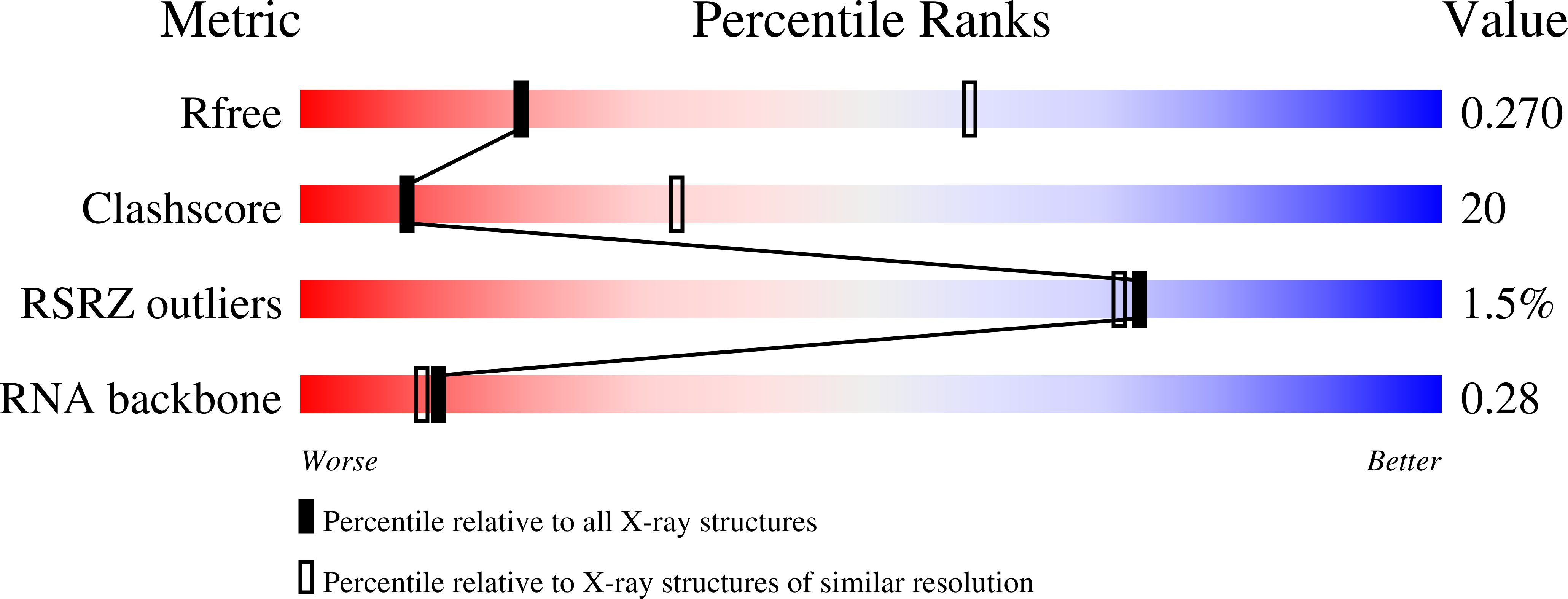
Deposition Date
2023-03-30
Release Date
2024-06-19
Last Version Date
2024-07-03
Entry Detail
PDB ID:
8OLZ
Keywords:
Title:
Structure of Oceanobacillus iheyensis group II intron in the presence of K+, Mg2+, 5'-exon, and intronistat B after 2h30 soaking
Biological Source:
Source Organism:
Oceanobacillus iheyensis (Taxon ID: 182710)
Method Details:
Experimental Method:
Resolution:
3.31 Å
R-Value Free:
0.27
R-Value Work:
0.19
R-Value Observed:
0.19
Space Group:
P 21 21 21


